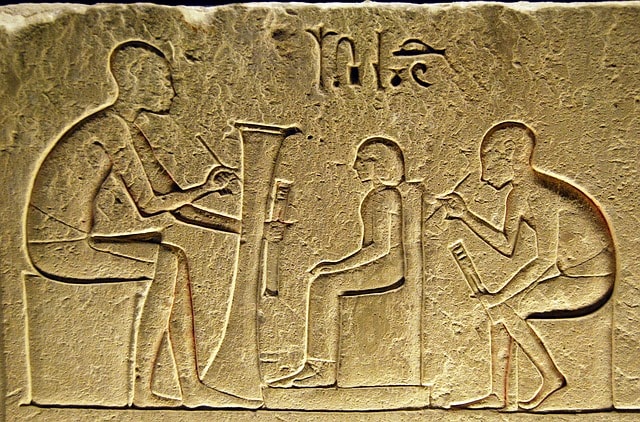Architectural Heritage And Urban Planning Documentation
Being a part of CULTNAT, the architectural heritage, and urban planning documentation is pilot project targeted at Cairo.
Cairo, the capital of Egypt, founded in 640 A.D, has a great history that extends to over two million years. The city is filled with surprises, and a home for best Coptic, Islamic sights and Pharaonic. Cairo also offers a wide range of architectural styles besides from the Islamic ones, that is documented poorly.
No legislation safeguarded these buildings until today from alterations and demolition, especially those less than 100 years old and laws for maintenance were not respected. The laws to control rent was under control by the Egyptian government, which are responsible socially, but delayed architectural conservation efforts. Slowly, the buildings were discontinued to maintain by the rental property owners in Cairo and the responsibility was taken upon the ability and interest of the tenants. Historical buildings in Cairo went through a tremendous neglect for 100 years.
The 19th century the CULTNAT later developed, in this case by the Architectural and Heritage and Urban Planning Documentation. During 1860 to 1940 an architecture with local influence materials and European styles was born. The architecture lost its sense of local uniqueness post-1940 as the international style of modern architecture came to prevail construction and design.


The activities of CULTNAT is documented in the 19th century Egypt’s architectural heritage, beginning with Cairo as a pilot project and then starting with more part of the other cities and Cairo. The project includes a GIS, Geographic Information Systems with a database that is easy to browse that includes photo documentation, all issued materials for every building, also to the maps, archival material, and historical documents.
This database can help a variety of users, ranging from decision and policy makers to historians and architects and the public who are interested.

